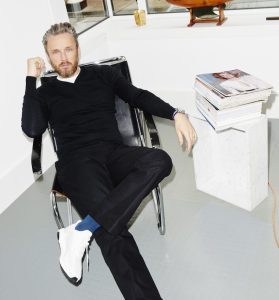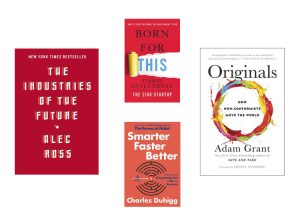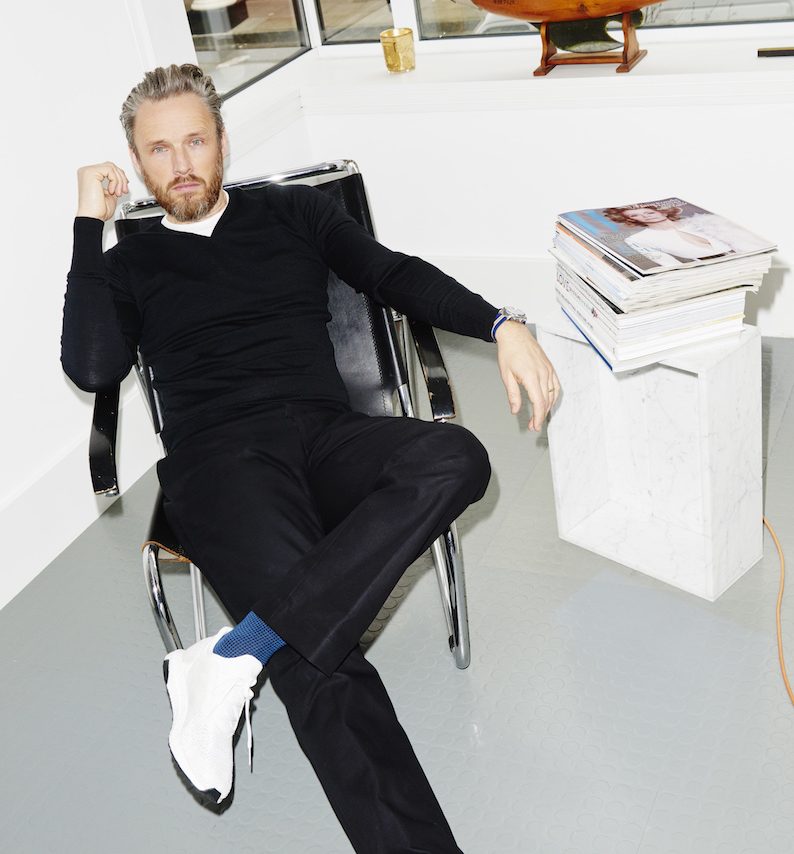

Image courtesy of STACKLAB
A work of a designer is influenced by landscape and journey, but true talent is in the method of exploring and communicating ideas to influence a community and market. Jeffrey Forrest, Calgary-born founder and creative force behind STACKLAB, a multi-disciplinary design studio based in Toronto, is a budding Canadian talent. Forrest intuitively combines elements of Canada forming a modern rustic arrangement contributing to the humble advancing aesthetic that our country has to offer.
Are there elements from Calgary that appear in the work launched in Toronto?
I think Alberta helped me feel comfortable taking a strong position with my work. Most of my family and friends out there are entrepreneurs and have a contagious level of confidence. Whether I’m right or wrong, I feel comfortable getting the conversation started.
What was your first design-related experience in Toronto that made you adopt the city as your new home?
It was a custom commission for e11even restaurant. We discovered hemlock timbers that were formerly part of the historic Connor’s Wharf. The material had been stained over about a hundred years by the minerals in the soil. It was a beautifully rich palette of reds and greys and greens. That was the first time I really understood how powerful the narrative qualities of material could be.
Where do you go for inspiration?
The best ideas have come to me when touring manufacturing facilities. During one of my first tours of a pattern shop, I developed a fascination with a set of decommissioned pump casing patterns that later became the driving force behind our Cube and Ash A356.0 Series. I stopped thinking about fabricators as a means to an end, and started thinking of them as collaborators.
How do you explore and formulate ideas? What does your initial process look like?
It’s a combination of sketching, physical testing and digital modeling and analyzing. We designed the Garrison almost completely in a digital space so we could evaluate strength to weight in real time. We use many techniques, but try to pick the right combination for the job.
““Good design follows rigor. I want to see that the idea has been taken as far as it can go. This approach is our greatest challenge as a studio because we rarely take the path of least resistance, which almost always results in added value for our clients.””
What design principles do you follow most and which do you find most challenging?
Good design follows rigor. I want to see that the idea has been taken as far as it can go. This approach is our greatest challenge as a studio because we rarely take the path of least resistance, which almost always results in added value for our clients.
What are you favorite mediums and material to work with? Is there a scale that you prefer? Why?
My favourite mediums and materials are new mediums and materials. With respect to scale, think Richard Serra and Michael Heizer; you can’t really use it or inhabit it, you just experience it.
Do you have a favourite project? How has it affected your outlook on design in Canada?
To date, my favourite project is 229. [It] was a renovation, preservation and expansion of a circa 1880 Quaker home on Lake Ontario. This was our first foray into master planning. In Canada, it is common to split work between as many consultants as possible. We found that if we quarterbacked the whole thing, we created real, measurable efficiencies and maintained control of concept and cost.
What conversation do you hope to create through your work?
Hopefully one that gets people excited about how and why things are made, and inspires them to make meaningful decisions about their built environment.










